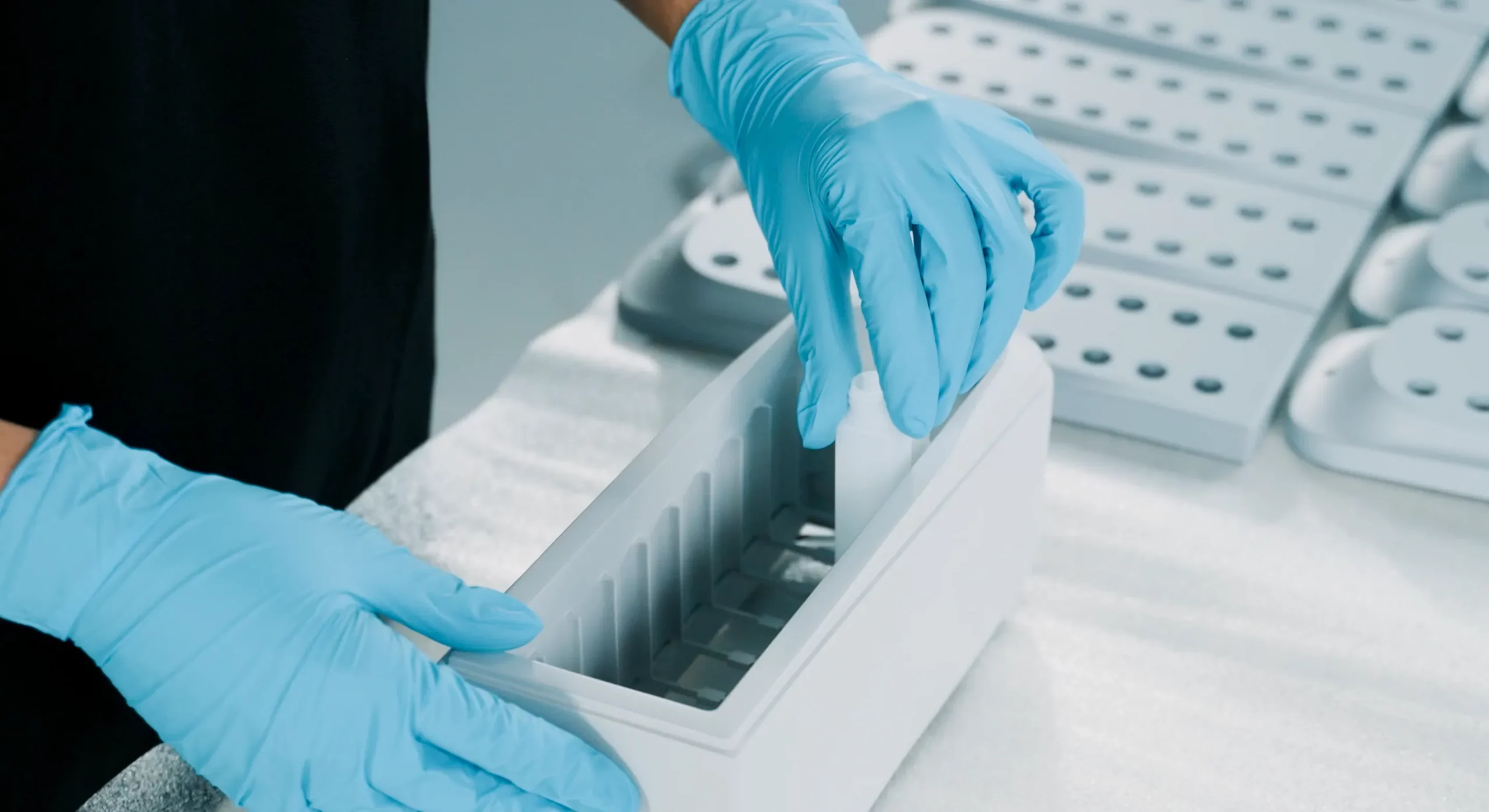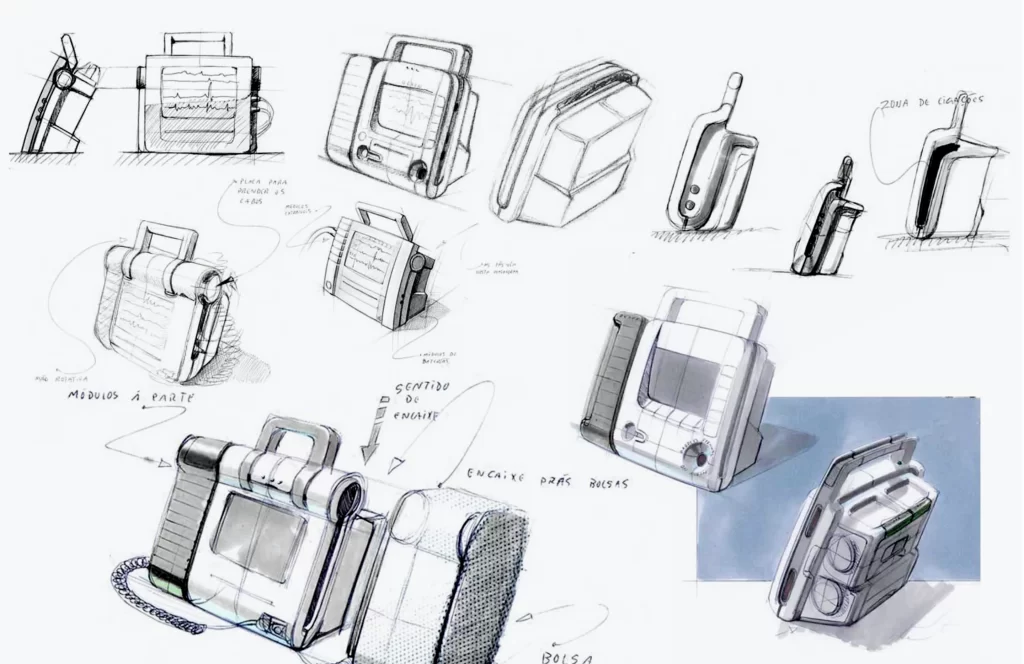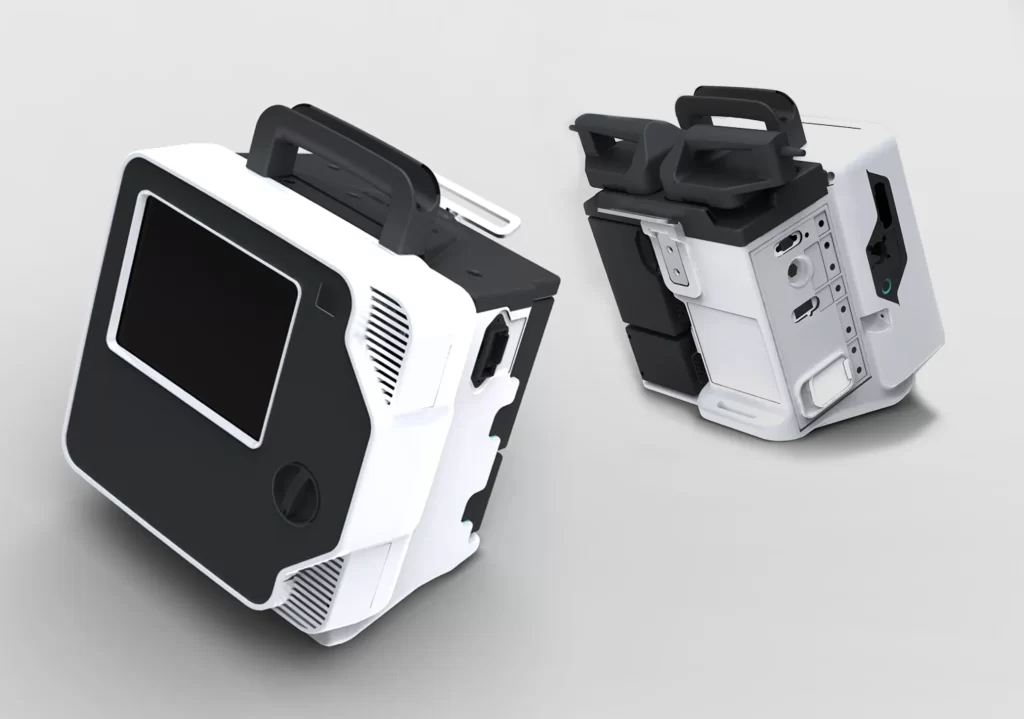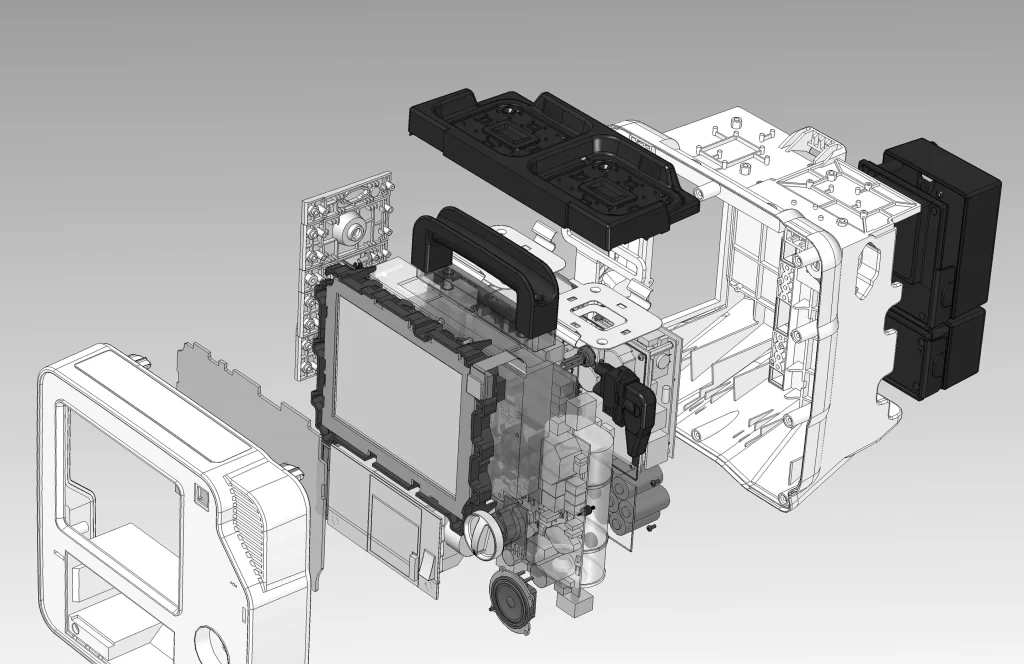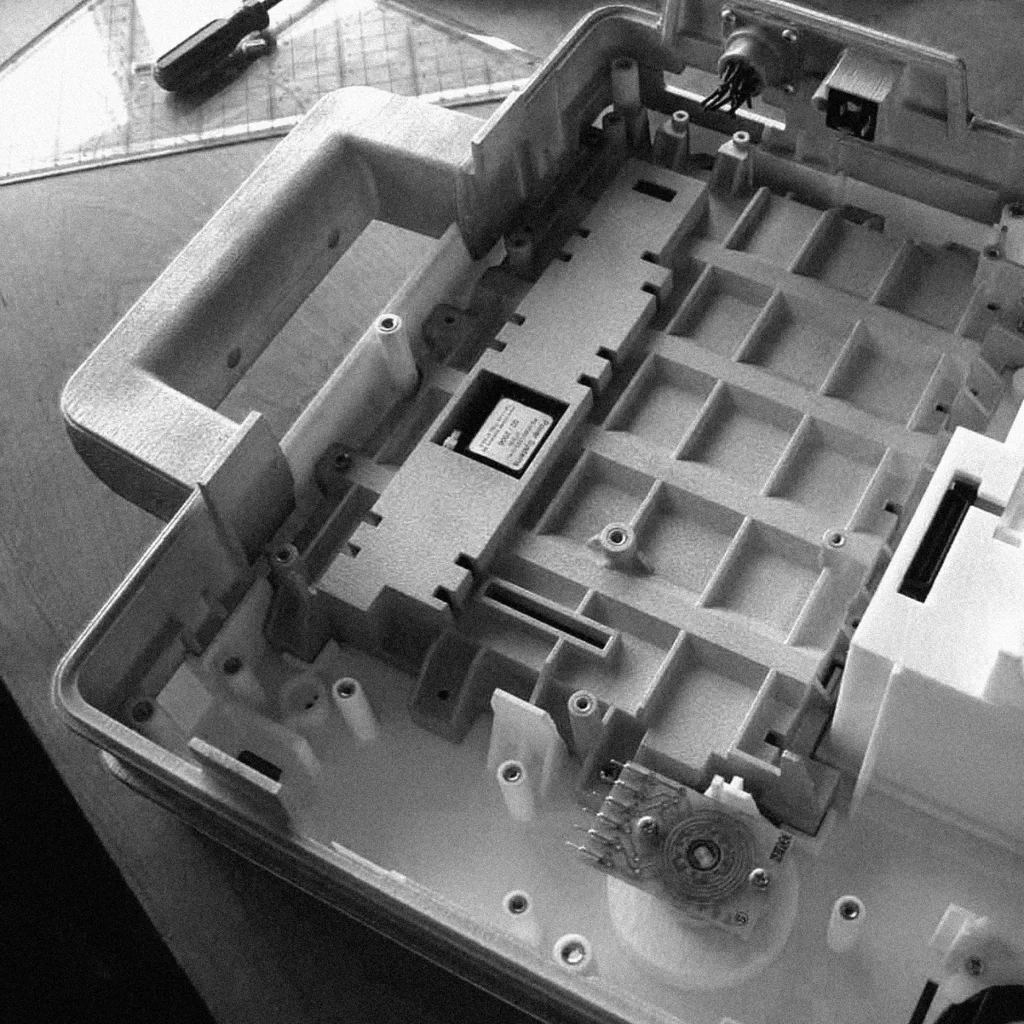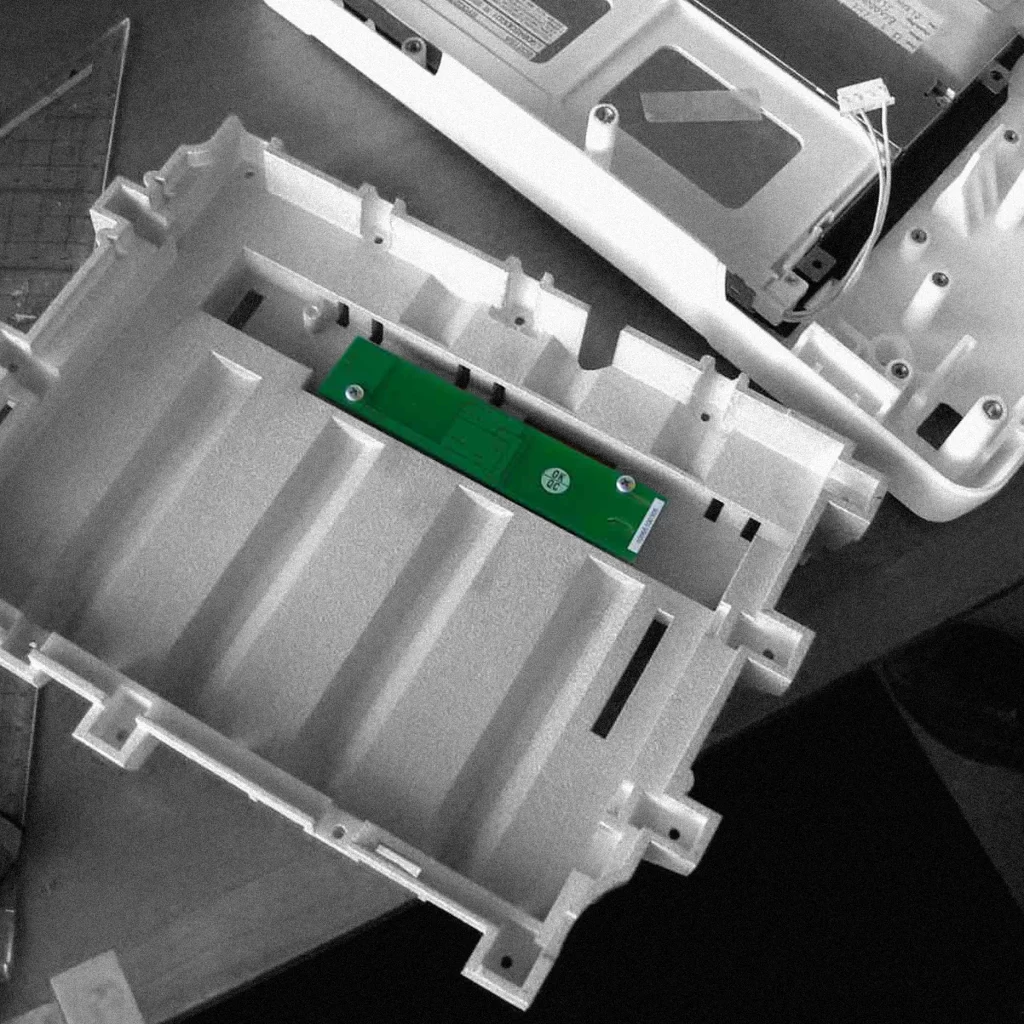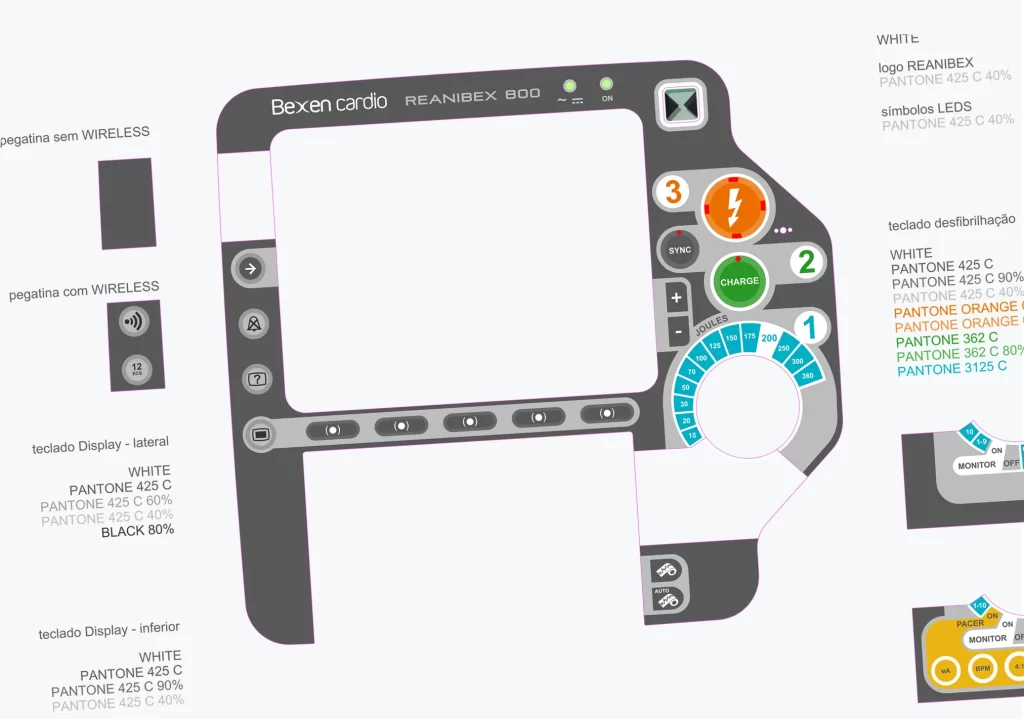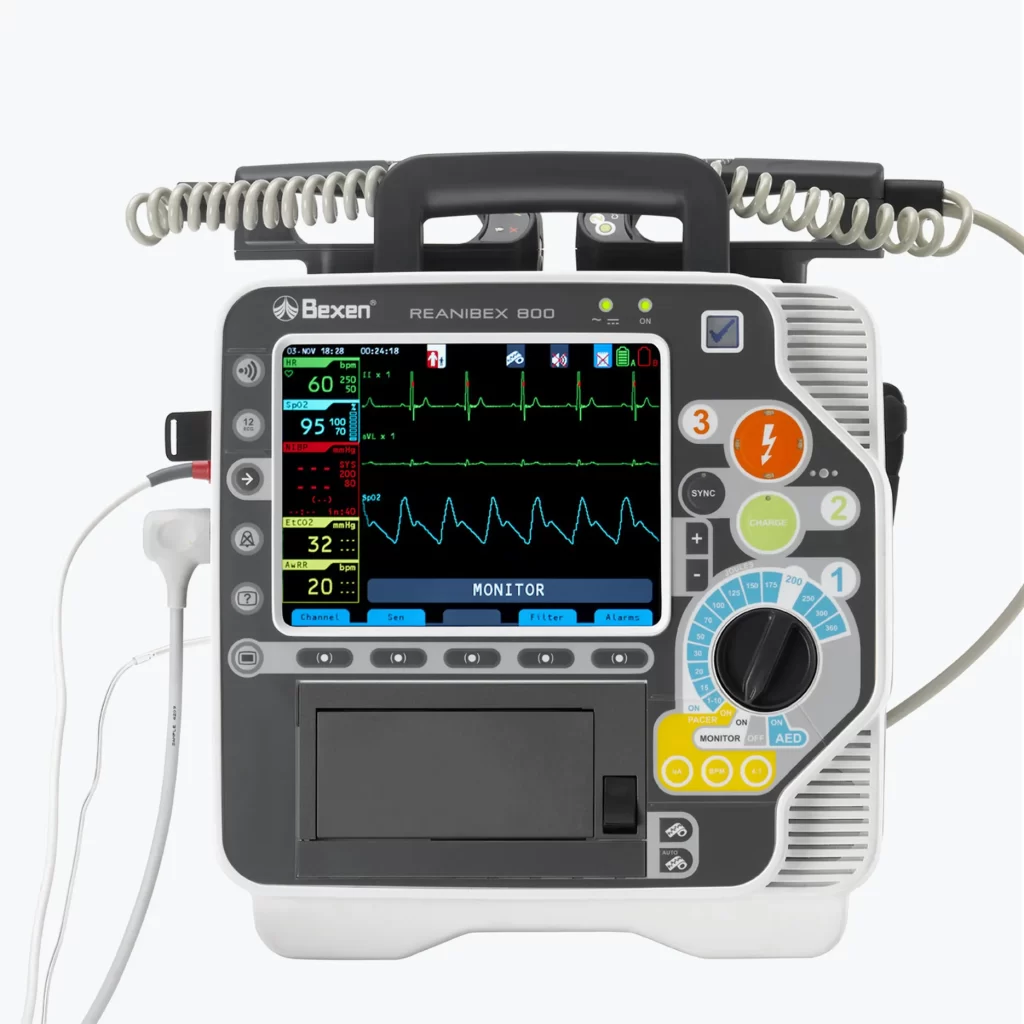From Functional Prototypes to Final-Use Parts
Rapid Manufacturing for Early Medical Validation
Validate your medical device early with precise prototypes designed to meet strict regulatory standards. Make confident decisions with prototyping that allows you to perfect your product, reduce costs and accelerate time-to-market.
Multidisciplinary
Team
Your focus is our focus. We bring together experts in design, engineering, and manufacturing to deliver solutions where innovation and production align, ensuring efficiency at every stage.
Prototyping for better
time-to-market
Use prototypes to test and validate your product, accelerating time-to-market. Prototyping allows you to fine-tune functionality and optimise the performance of your medical device.
Small-scale
production
We can quickly test and validate your product with solutions tailored to your case and with a reduced upfront investment.

High-volume
production
We produce in high volumes, maintaining consistent quality and efficiency, thus guaranteeing cost-effective production and a faster time-to-market for large-scale orders.
Rapid Manufacturing for Medical, Lab & Healthcare
From 1 to 25 parts. Prototyping & Rapid Manufacturing
Our prototyping and rapid manufacturing solutions cater to diverse needs, whether you require a single prototype for testing or a small production run of up to 25 parts. This flexibility accelerates development, ensures precise validation, and helps you achieve your project’s goals.
Precision Manufacturing for Rapid Development
We combine advanced manufacturing techniques such as 3D printing and vacuum casting to accelerate the development of medical products. Our process ensures flexibility, reduced costs, and faster access to market without compromising quality.
Low Initial Investment
Advanced manufacturing techniques such as 3D printing and vacuum casting eliminate costly tooling, making them ideal for low-volume medical device production, prototype validation, and early-stage clinical trials.
Short Lead Times
By leveraging rapid prototyping and agile production methods, manufacturing lead times are significantly reduced compared to traditional. This allows for a faster transition from concept to commercialisation, expediting access to life-saving medical technologies.
Design Flexibility
These cutting-edge processes enable the production of highly customised components with complex geometries that would be challenging to achieve with conventional manufacturing. This flexibility supports iterative design improvements without the added costs of retooling.
Customisation and Complexity
The ability to produce components in diverse biocompatible materials, with precise finishes and intricate designs, removes the limitations of conventional fabrication. This approach is particularly advantageous for personalised medical solutions and small-scale production needs.
High-Quality Low-Volume Manufacturing
3D printing and vacuum casting allow for the production of small batches of highly detailed and precise medical components. These methods are essential for niche markets that require limited quantities of end-use parts, maintaining uncompromised quality and performance.
